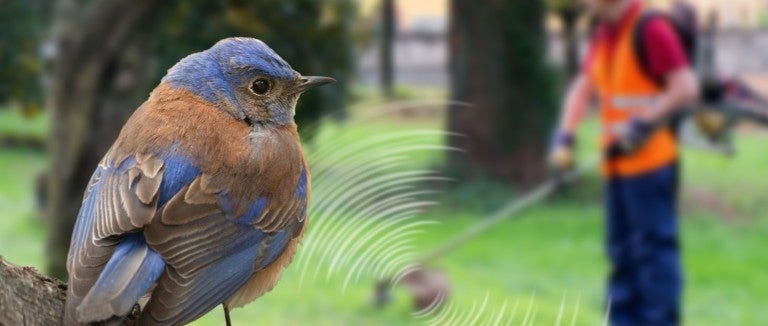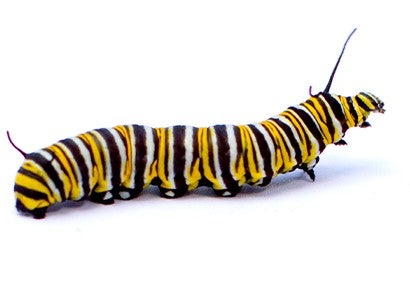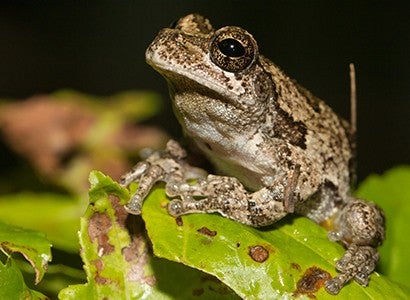Sitting on her porch in the desert one afternoon while recovering from surgery, Christine Hass closed her eyes. The operation to fix her detached retina had been difficult, and she sought respite from the lingering pain.
“Suddenly I could hear all the birds singing. It was March—the migrants were just showing up in southern Arizona,” she recalls. “And it was really ear-opening.”
As an ecologist at a wildlife sanctuary, Hass was no stranger to natural sounds. She’d even studied vocal communication among white-nosed coatis. But much of her work was visual, relying on binoculars and spotting scopes. And though the grassland sparrows serenading her weren’t rare, “I’d never really stopped to listen,” she says. “Maybe it was because my head hurt so bad from the surgery, but it was the sweetest thing I’d ever heard.”
It was also life-changing, setting Hass on a path toward soundscape ecology, a growing area of scientific inquiry that examines interactions of wild voices and other sounds throughout ecosystems. In nature’s orchestra, animals occupy what soundscape pioneer Bernie Krause calls “acoustic niches,” vocalizing at different times and frequencies so all can be heard. Sound influences everything from reproduction to foraging, and scientists have even found talented bilinguists—like the nuthatches who listen in on chickadee alarm calls to assess threats from nearby owls and the squirrels who eavesdrop on blue jays to evaluate the safety of nut-caching sites.
If we could see noise, it would be McDonald’s wrappers thrown out of the car all the way down the highway.
Les Blomberg, founder of the Noise Pollution Clearinghouse
Such discoveries are emerging at a time when heightened human activity is quickly degrading these underappreciated aspects of ecosystems. About every 30 years, our collective cacophony doubles, outpacing population growth, writes Florence Williams in The Nature Fix. Mitigating noise is critical to conservation efforts, yet it often takes a back seat to other issues, largely because we’ve forgotten how to listen. “If we could see noise, it would be McDonald’s wrappers thrown out of the car all the way down the highway,” says Les Blomberg, founder of the nonprofit Noise Pollution Clearinghouse.
A humane backyard is a natural habitat offering wildlife plenty of food, water and cover, plus a safe place to live free from pesticides, chemicals, free-roaming pets, inhumane practices and other threats. And it's so easy to build!

Effects on animals in our home landscapes remain unexplored, but noise “may well be the most pervasive pollutant in America,” writes Williams. Few people consider what they can’t see, though. “We’ll often put up fences to create a visual barrier between us and our neighbors,” says Hass, “but we don’t think about the impact noise is having on our human neighbors, much less our wild neighbors.” Luckily, there are a few things you can do to turn down the volume for all neighbors.
Want more content like this?
This was written and produced by the team behind All Animals, our award-winning magazine. Each issue is packed with inspiring stories about how we are changing the world for animals together.
Learn MoreSubscribe


